Our role in environmental awareness
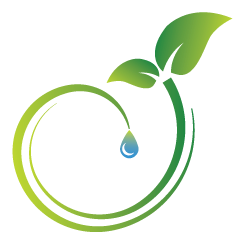
Digital Textile Printing is certainly one of the friendlier in todays UK textile industry.
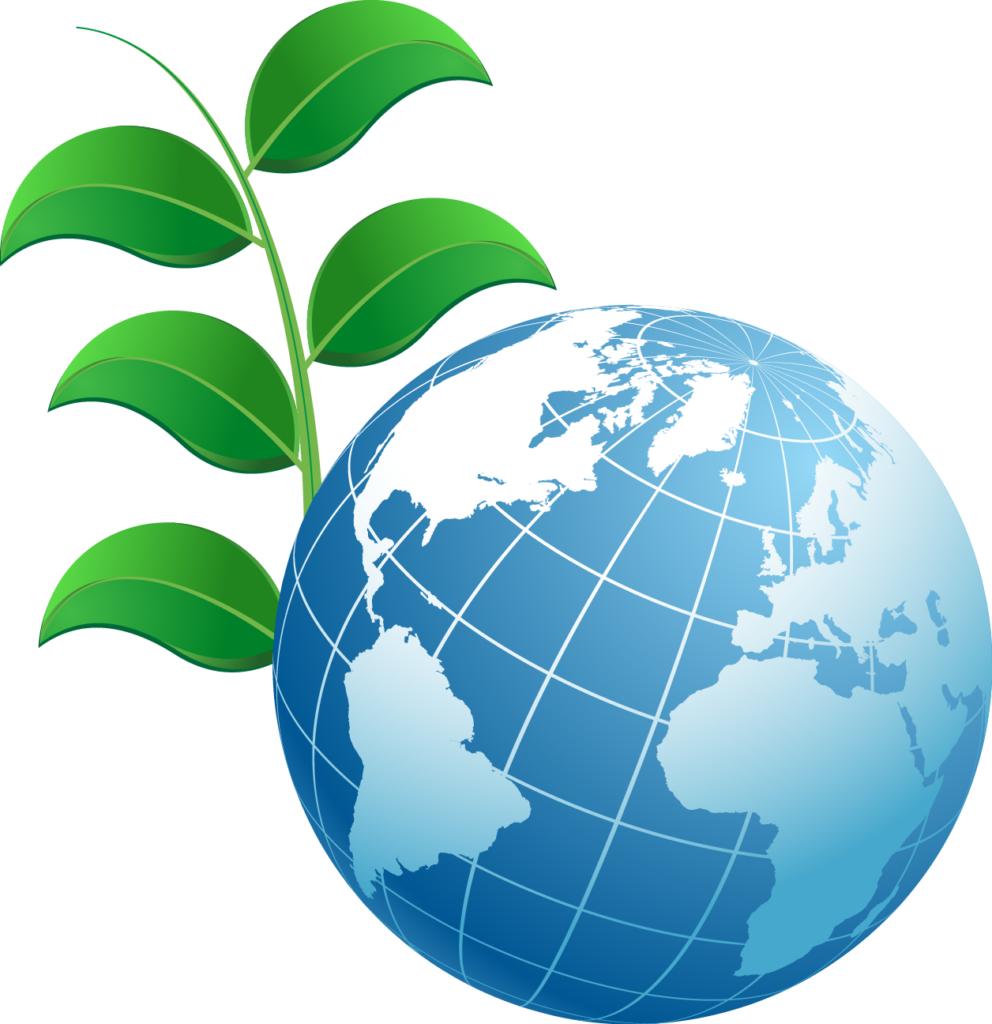
Research is telling us that whilst no manufacturing process is without impact on the environment, digital textile printing is certainly one of the more eco-friendly in today’s UK textile industry.
On a global scale we are paying a lot more attention to the ecological impression we make on the planet than ever before. Quite rightly we all want to do our bit to reduce the impact we cause in our everyday lives.
Digital textile printing is growing in popularity with designers choosing a more eco-aware process compared to many of the other traditional printing and dyeing methods. It’s greener reputation is predominantly measured through the reduced amount of waste inevitably produced.
Here at The Silk Bureau, we are mindful of the waste that is so easily created in our manufacturing process and therefore take steps to reduce it to a minimum. We don’t stop at just monitoring our water and coating consumption. We ensure that we are fully compliant with the UK’s waste framework directive by paying for specialists to dispose of our waste by-products.
We haven’t overlooked our utility energy usage either. Thanks to a supporting BEEP grant from Worcestershire County Council, we have upgraded all our factory lighting to LED fittings. Lower electricity consumption equals lower costs to you and the planet.
Here are some points to consider when choosing The Silk Bureau to print your designs;
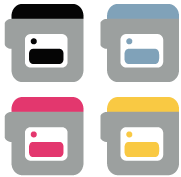 When compared to traditional methods of textile printing, here are some good reasons to choose digital textile printing:
When compared to traditional methods of textile printing, here are some good reasons to choose digital textile printing:
• There are no screens or plates to produce (as for screen printing or rotary printing) and so less setup equipment is needed.
• Printing direct to fabric means less wasted surplus ink (unlike dyeing) through precise application of the artwork.
• The inks we do use are certificated as Azo dye-free.
• Using the best quality inks through the print heads stops clogging and waste.
• Many of our fabrics also have an OEKO-TEX certification or are to European REACH standards.
• There is less use of chemicals and water than traditional methods. Use of water is unavoidable, however, by investing in high tech equipment, we have reduced our water consumption to the minimum required for production. The disposal of waste water is managed through approved channels and local authority checks ensure high effluent standards.
• Our machinery is designed to last. We are diligent with our maintenance programmes and our staff are highly trained in their operation. Taking care of the machinery prolongs its lifespan.
• There are unavoidable fabric off-cuts caused by rolling on and off the printer beds, testing print heads, etc. Mindful not to clog our landfill sites and to protect your copyright, we send all wasted fabric for recycling. Our waste fabrics are collected by a recycling specialist who shreds them and uses the resulting fibre as bioenergy, incinerating it to create heat sources and electricity. Plain fabric offcuts may also be donated to education and charity facilities.
Can we do more by choosing the least wasteful printing processes?

This process is possibly one of the most eco-friendly.
• Artwork is first printed onto a transfer paper sourced from sustainable forests, and after use the paper is then recycled through a specialist waste collection service.
• The dyes we do use are certificated as Azo dye-free.
• The dyes are cured using a combined pressure and dry heat process that does not require water.
• No excessive wasted consumables are involved.
Our B2B focus is on those designing quality individual pieces and not the mass-produced, throw-away clothing that swamps the market.
Receiving your order
Delivering your printed fabric in safe and secure packaging can be a challenge. It’s taken extensive research to track down suppliers of eco-friendly packaging with products that are strong enough to withstand shipping. But we have!
We have now eliminated single-use plastics from despatch and replaced them with products that can be recycled. If you’d like to know more, click here. Take part in our ‘Don’t just bin it’ challenge and send us your photos.
Consider your fabric choice.
The ever-increasing problem of single-use plastic wrapping, such as plastic drinking bottles, is now finding an outlet through digital textile printing.
Technology has developed a method whereby bottles are sorted, cleaned and stripped of labels and caps, melted down into pellets and then spun into yarn to make fabrics.
The resulting polyester fabric prints beautifully. Of course, non-toxic inks and the zero waste sublimation printing methods used at The Silk Bureau make this a truly environmentally-aware product. It’s quite astonishing how a plastic bottle can end up as a beautifully soft fabric. We already have six different weights to choose from that would suit a variety of garments. Specifications for each of these can be found on our Fabric page.
To confirm the eco authenticity of the products you make from the Regenesis fabric range, we have swing tags available. The tags confirm that the fabric is made from a recycled PET filament. Simply hang one on each of your final products when ready to retail. Please note we will include one swing tag for every metre of fabric printed. However, if you need more then let us know when placing your order and we can pop those in with the completed printed fabric (subject to availability).
*Made from rPET – recycled Polyethylene Terephthalate – created by recycling plastics that were previously used as packaging materials.
Consider your fabric choice.
These fabrics are all about traceability. Many customers now want to know where their fabric comes from. From the farmers through to the manufacturers, a GOTS certification demonstrates a clear path of compliance with the ethical, environmental, technical and social criteria outlined by the international standards committee. There are an increasing number of certified facilities registering with GOTS, ultimately meaning a wider range of fabrics will be available to the final consumer. The ones that we currently have available in our range vary from a lightweight 85 gsm to a substantial 340 gsm, so you’re sure to find one to suit your project.
*GOTS – Global Organic Textile Standard
Working together
A concern for many of our customers is the unknown origins of the fabrics they have printed. The news reports of poor work conditions and treatment of the workers have heightened awareness of manufacturing from far away countries.

Despite working with the same suppliers for over 30 years, to reassure ourselves, as well as our customers, we sent our MD Doug and Steve, our Operations Manager out to some of the mills we use to supply the best AA grade fabrics. By visiting the weaving mills, we have been able to see for ourselves the ethical working conditions that the employees enjoy. The positive environments we were introduced to clearly demonstrated sound working conditions, reflected in the desire to produce the best quality silk fabrics by the work force we met.
We have the privilege to print for many designers and offer a confidential service. Non disclosure of your copyright designs is something that we take seriously. And so, it is also important that our wasted fabric is also protected when it leaves our factory for recycling.
We do have to entrust a third party, Printwaste, to carry out the secure disposal of the fabric using the following steps;
Step 1. Collection
Their BS7858 vetted staff collect the waste fabric from our factory and safely transfer them onto one of the GPS tracked shredding vehicles.
Step 2. Shredding
Once safely on the vehicle, the fabrics will be transported back to their high-security shredding facility to be destroyed.
Step 3. Certification
After the fabrics have been shredded, we receive a Certificate of Destruction to confirm safe destruction of the data/artwork, in compliance with European standard BS EN 15713.
Step 4. Creating Electricity
With the data/artwork now safely destroyed, the shredded fabric is sent on to a Waste-to-Energy plant (after shredding, the fabric fibres are too weak to be woven back together again and recycled), where they are used to create electricity.
We are aware that all forms of textile printing will have an environmental impact – it’s just apparent that our digital textile printing methods are among the friendliest and that we at the Silk Bureau are striving to do our bit wherever possible while still meeting our customers demands.
This does all come at a cost. We make no apologies for sourcing top quality products that abide by commercial ethical standards. We are proud to be a conscientious British company abiding by British manufacturing standards.
As our customers, we are aware of how passionate you also are about our environmental impact and the part we all play in protecting our environment. These are just a few reasons why we carefully select the fabric suppliers we use. The ones that have been accredited with ECO certification, (see displayed below) are the suppliers of the fabrics that you receive when you place an order with us.
Because we should all care about the environment!
“Digital textile printing equipment reduce textile waste as well as power consumption. Further, water wastage and ink consumption are also reduced by the use of digital textile printing equipment.”- Textinel 2019
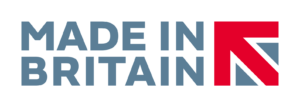
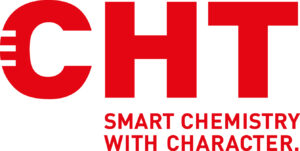
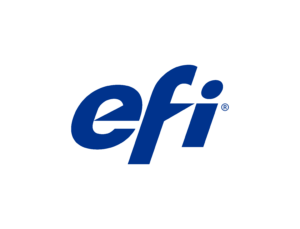

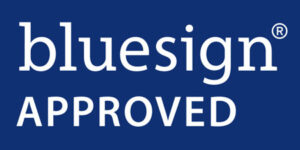
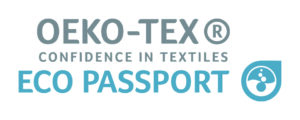


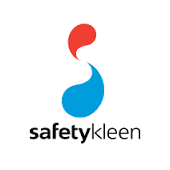

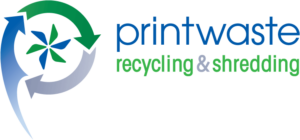
The logos you see above are held by the suppliers of our fabrics and inks.
© The Silk Bureau Limited 2024
| Cookie | Duration | Description |
|---|---|---|
| cookielawinfo-checbox-analytics | 11 months | This cookie is set by GDPR Cookie Consent plugin. The cookie is used to store the user consent for the cookies in the category "Analytics". |
| cookielawinfo-checbox-functional | 11 months | The cookie is set by GDPR cookie consent to record the user consent for the cookies in the category "Functional". |
| cookielawinfo-checbox-others | 11 months | This cookie is set by GDPR Cookie Consent plugin. The cookie is used to store the user consent for the cookies in the category "Other. |
| cookielawinfo-checkbox-necessary | 11 months | This cookie is set by GDPR Cookie Consent plugin. The cookies is used to store the user consent for the cookies in the category "Necessary". |
| cookielawinfo-checkbox-performance | 11 months | This cookie is set by GDPR Cookie Consent plugin. The cookie is used to store the user consent for the cookies in the category "Performance". |
| viewed_cookie_policy | 11 months | The cookie is set by the GDPR Cookie Consent plugin and is used to store whether or not user has consented to the use of cookies. It does not store any personal data. |
The processes involved in digital textile printing causes the original fabric to shrink. If you are printing scarves, the size of the finished product will be important to you. For example, if you have square artwork, you will be expecting your finished scarf to be square!
To get the printed fabric closer to the size you need, all fabric intended for scarves must go through an extra step to reshape it. Please allow extra time on your deadlines to allow for this process.
Let us introduce you to the …
The stenter is an enormous piece of machinery that has many uses, including coating our fabrics and reshaping scarf orders.
After travelling through a solution to soften the fabric, it then passes over a flat bed, gripped on the selvedge edges to pull it back into shape.
It’s a long and precise process that needs to be carefully monitored.
If you have selected to use our hemming service, we will check the stentered fabric for you before we begin to finish your scarves. If you are not using our service, it’s up to you to check the size BEFORE you cut out the individual scarves from the fabric length. We cannot re-size after your scarves have been cut out.